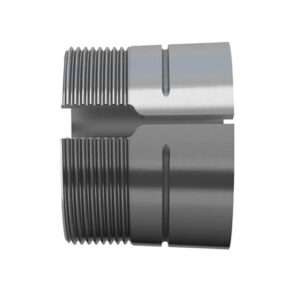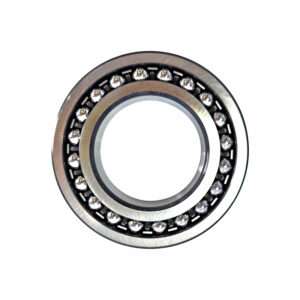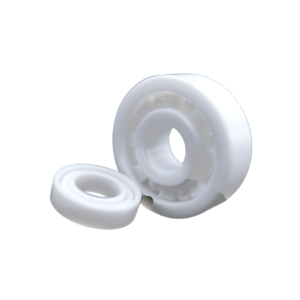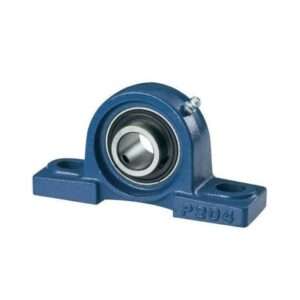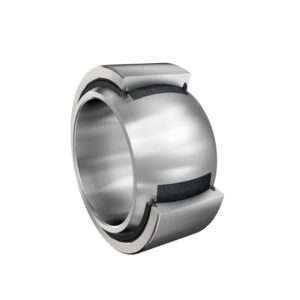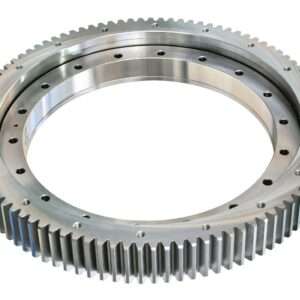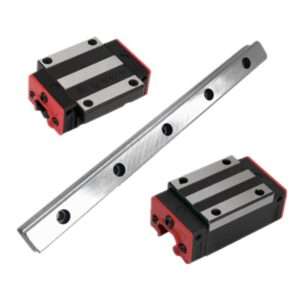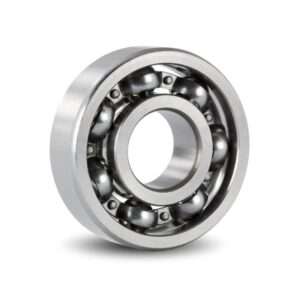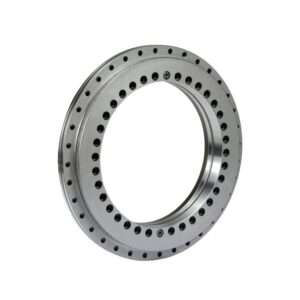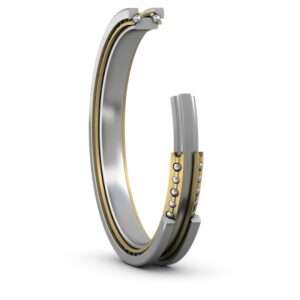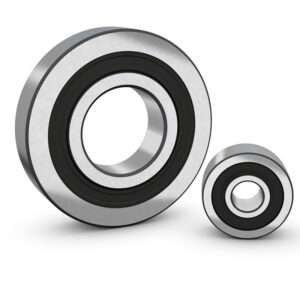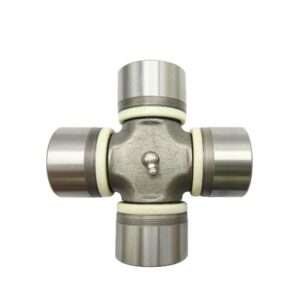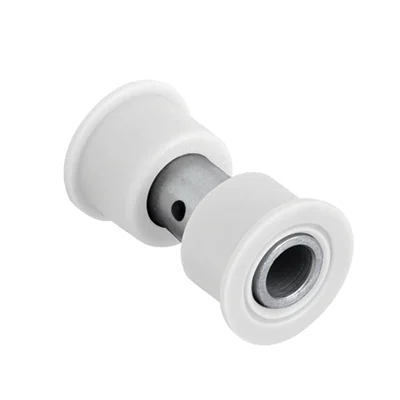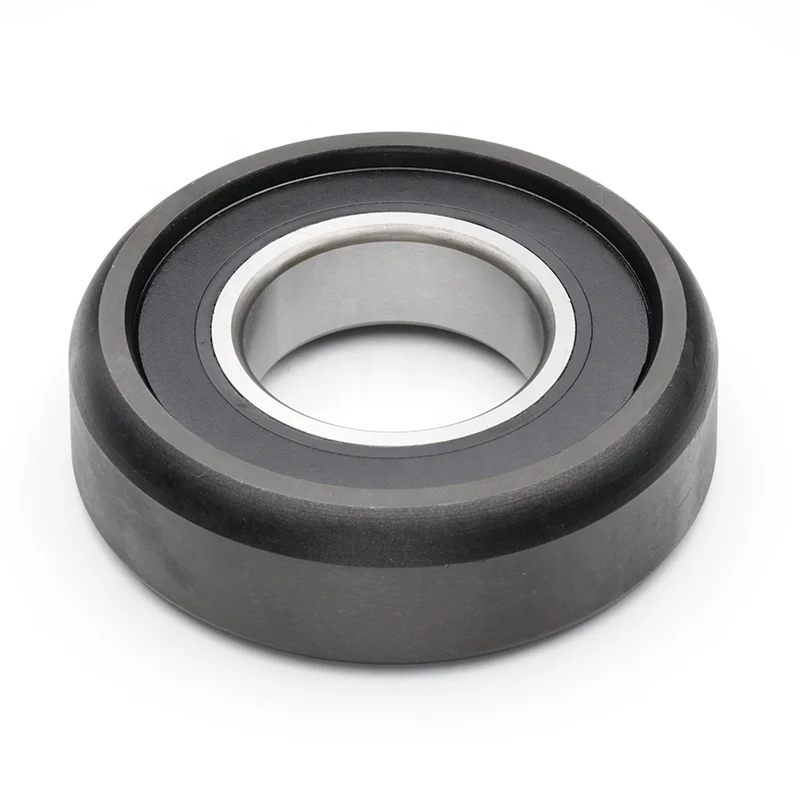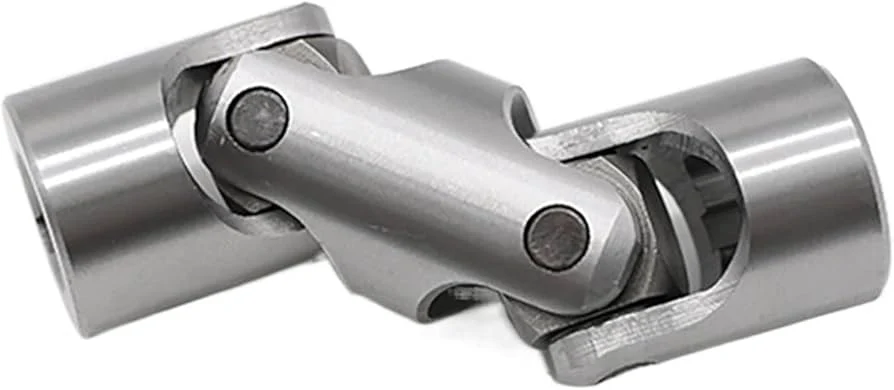Table of Contents
Categories
Shaker Screen Bearing: 9 Essential Quality Checks

Introduction to vibrating screen bearings
A vibrating screen bearing is a specialized type of bearing designed to withstand the demanding conditions found in vibrating screens, which are widely used in mining, quarrying, and other industrial applications. These bearings are engineered to support the intense vibrations and high loads that vibrating screens generate during operation.
Key Features of Vibrating Screen Bearings:
Durability: Vibrating screen bearings are built with robust materials and undergo special heat treatments to ensure they can withstand heavy loads and resist wear over time.
High Load Capacity: These bearings are designed to handle both radial and axial loads, which are typical in vibrating screens due to the constant oscillations and vibrations.
Enhanced Sealing: Given the harsh environments in which vibrating screens operate (often dusty, wet, or abrasive), these bearings come with enhanced seals to prevent contamination and maintain lubrication.
Reduced Friction: To minimize the impact of vibrations and extend the bearing’s lifespan, these bearings are designed to reduce friction and resist the buildup of heat during operation.
Resistance to Vibration: The bearings are specifically engineered to endure the repetitive and high-frequency vibrations that are characteristic of vibrating screens, ensuring reliable performance without premature failure.
Applications:
Vibrating screen bearings are essential components in vibrating screens, which are used to sort and classify materials such as minerals, aggregates, and ores. These bearings help the screens operate efficiently and with minimal downtime, which is crucial in industries where productivity and equipment reliability are paramount.
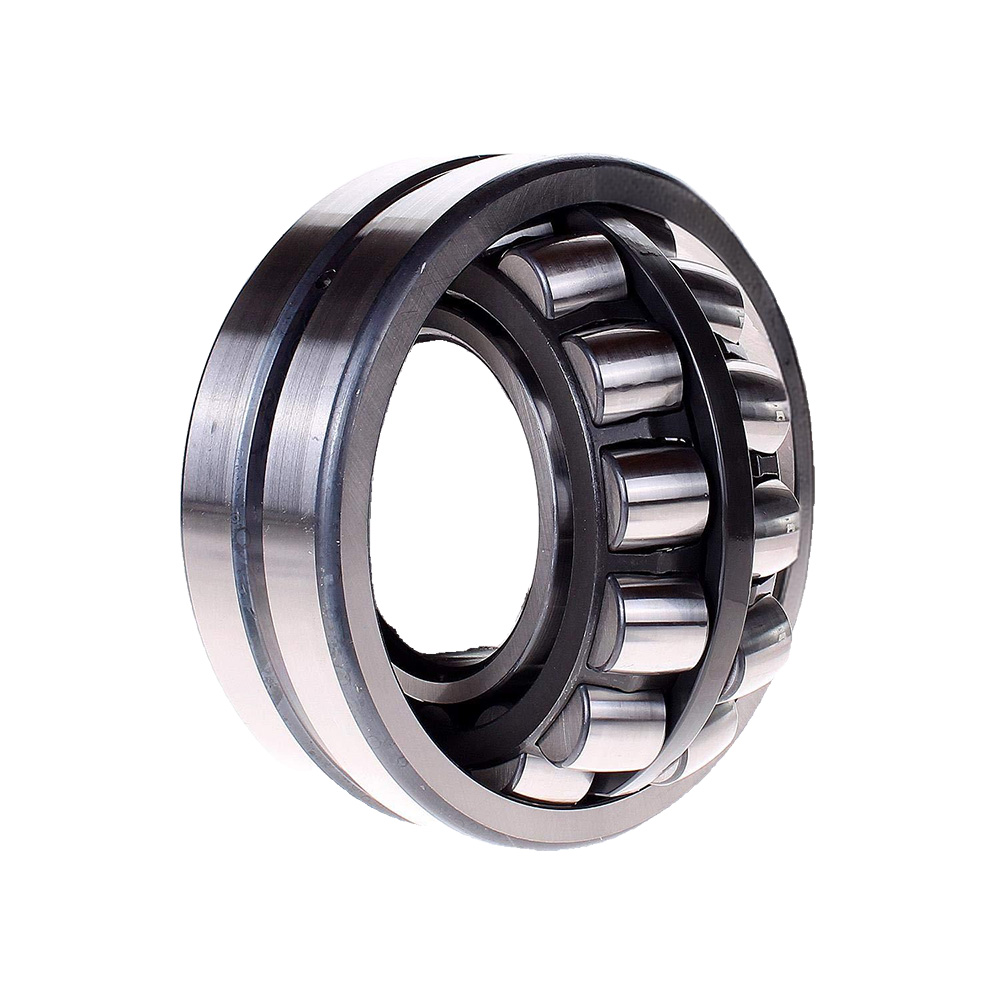
Solution 1: Material Composition and Quality
Importance of High-Grade Steel: The foundation of a reliable shaker screen bearing lies in its material composition. High-grade steel ensures that the bearing can withstand the rigors of demanding applications. Using subpar materials may lead to premature failure, which can be costly in both time and resources.
Heat Treatment and Its Impact on Durability: Heat treatment is a crucial process that strengthens the steel, making it more resistant to wear and fatigue. Properly treated bearings can endure harsh working conditions and extend the lifespan of your equipment, providing long-term value for your investment.
Corrosion Resistance and Longevity: Bearings often operate in environments where moisture and other corrosive elements are present. A high level of corrosion resistance not only preserves the bearing’s integrity but also ensures that it continues to function smoothly over time. This is essential for maintaining performance in challenging conditions.
Solution 2: Precision in Manufacturing
Tolerance Levels and Their Significance: Tolerance levels define the allowable deviation in bearing dimensions, and precise tolerances are critical for ensuring that the bearing fits perfectly in its application. Tight tolerances enhance operational efficiency, reduce friction, and minimize the risk of premature wear.
Role of CNC Machining in Precision: CNC machining plays a pivotal role in achieving the precision required for high-quality bearings. This technology allows for the consistent production of components with exact specifications, ensuring that each bearing meets stringent quality standards.
Consistency in Batch Production: Consistency across batches is vital for procurement professionals who require uniform performance from their bearings. A reliable manufacturer will ensure that each batch of bearings maintains the same high level of precision, which is critical for maintaining quality control in large-scale operations.
Solution 3: Load Capacity Assessment
Understanding Dynamic Load Ratings: The dynamic load rating indicates the bearing’s ability to handle varying loads during operation. It’s essential to match the bearing’s dynamic load rating with the demands of the application to prevent overloading, which can lead to premature failure.
Static Load Ratings for Stationary Conditions: While dynamic load ratings are important, static load ratings are equally critical when the bearing is under load but not in motion. Understanding the static load capacity ensures that the bearing can support the necessary weight without deforming or failing.
Matching Load Capacity to Application Needs: It’s crucial to select bearings that align with the specific load requirements of the application. This not only ensures optimal performance but also enhances the bearing’s longevity by preventing overloading and the associated wear and tear.
Solution 4: Vibration and Noise Testing
The Impact of Vibration on Bearing Life: Excessive vibration can significantly reduce the lifespan of a bearing by causing internal components to wear out prematurely. It’s important to test for vibration levels to ensure that the bearing can operate smoothly under the expected conditions.
Noise Levels as Indicators of Bearing Health: Noise is often an early warning sign of bearing issues. Unusual or excessive noise during operation can indicate problems such as improper lubrication, misalignment, or internal damage. Regular noise testing helps in early detection and prevention of potential failures.
Testing Procedures for Vibration and Noise: Implementing rigorous testing procedures for vibration and noise is essential for verifying the quality of shaker screen bearings. These tests should simulate real-world operating conditions to ensure that the bearings will perform reliably in the field.
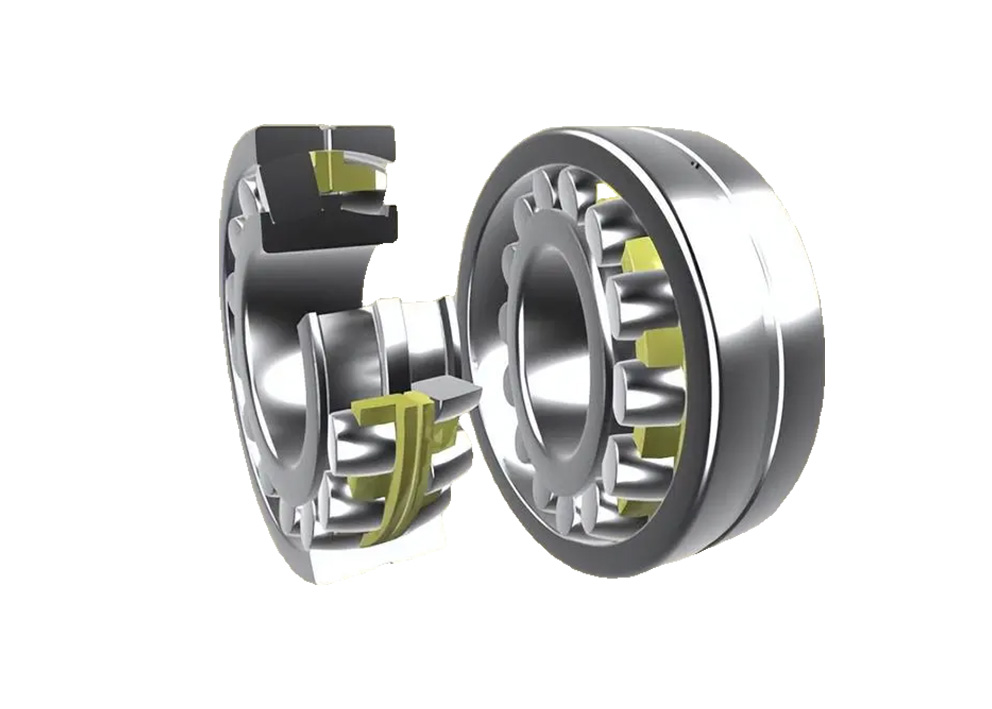
Solution 5: Lubrication and Sealing Efficiency
Importance of Proper Lubrication: Lubrication is critical to the performance and longevity of bearings. Proper lubrication reduces friction, minimizes wear, and helps in dissipating heat. Without adequate lubrication, bearings can quickly degrade, leading to costly downtime and repairs.
Types of Seals and Their Applications: The type of seal used in a bearing affects its ability to retain lubrication and keep out contaminants. Different applications require different types of seals, and choosing the right one is essential for ensuring that the bearing operates efficiently and has a long service life.
Maintaining Lubrication in Harsh Environments: Bearings used in harsh environments must maintain their lubrication to function correctly. This can be challenging when exposed to extreme temperatures, moisture, or corrosive substances. Selecting a bearing with high-quality seals and proper lubrication can prevent premature failure.
Solution 6: Wear Resistance Evaluation
Assessing Surface Hardness: The hardness of a bearing’s surface directly affects its wear resistance. Bearings with higher surface hardness are more durable and can withstand the abrasive conditions often encountered in industrial applications. Evaluating surface hardness is therefore a key quality check.
Coating Technologies for Enhanced Wear Resistance: Advanced coating technologies can significantly enhance the wear resistance of bearings. Coatings such as chrome or ceramic provide an additional layer of protection against wear and corrosion, extending the bearing’s operational life.
Long-Term Performance Under Stress: Bearings are often subjected to continuous stress in demanding environments. Evaluating their long-term performance under such conditions is crucial for ensuring that they can endure the challenges of their intended application without degradation.
Solution 7: Dimensional Accuracy
Critical Dimensions and Their Tolerances: Dimensional accuracy is essential for the proper functioning of a bearing within its application. Even minor deviations can cause alignment issues, increased friction, and premature wear. Ensuring that all critical dimensions are within specified tolerances is a key aspect of quality control.
Inspection Methods for Dimensional Accuracy: Various inspection methods, such as coordinate measuring machines (CMM), are used to verify the dimensional accuracy of bearings. These methods ensure that the bearings meet the precise specifications required for optimal performance.
Ensuring Consistency Across Batches: For large-scale operations, consistency in bearing dimensions across different batches is vital. This consistency ensures that each bearing performs reliably, reducing the risk of operational disruptions and costly downtime.
Solution 8: Fatigue Testing
Cyclic Stress and Its Impact on Bearing Life: Bearings are often subjected to cyclic stress, where loads vary over time. This repeated stress can lead to fatigue, causing cracks and eventual failure. Understanding how a bearing responds to cyclic stress is important for predicting its lifespan.
Testing Methods for Fatigue Resistance: Fatigue testing involves simulating the stresses that bearings will experience during operation. By subjecting bearings to controlled cycles of load and stress, manufacturers can assess their resistance to fatigue and predict their durability in real-world applications.
Interpreting Fatigue Test Results: The results of fatigue tests provide valuable insights into the long-term reliability of bearings. These results help procurement professionals make informed decisions about which bearings are best suited for their specific needs.
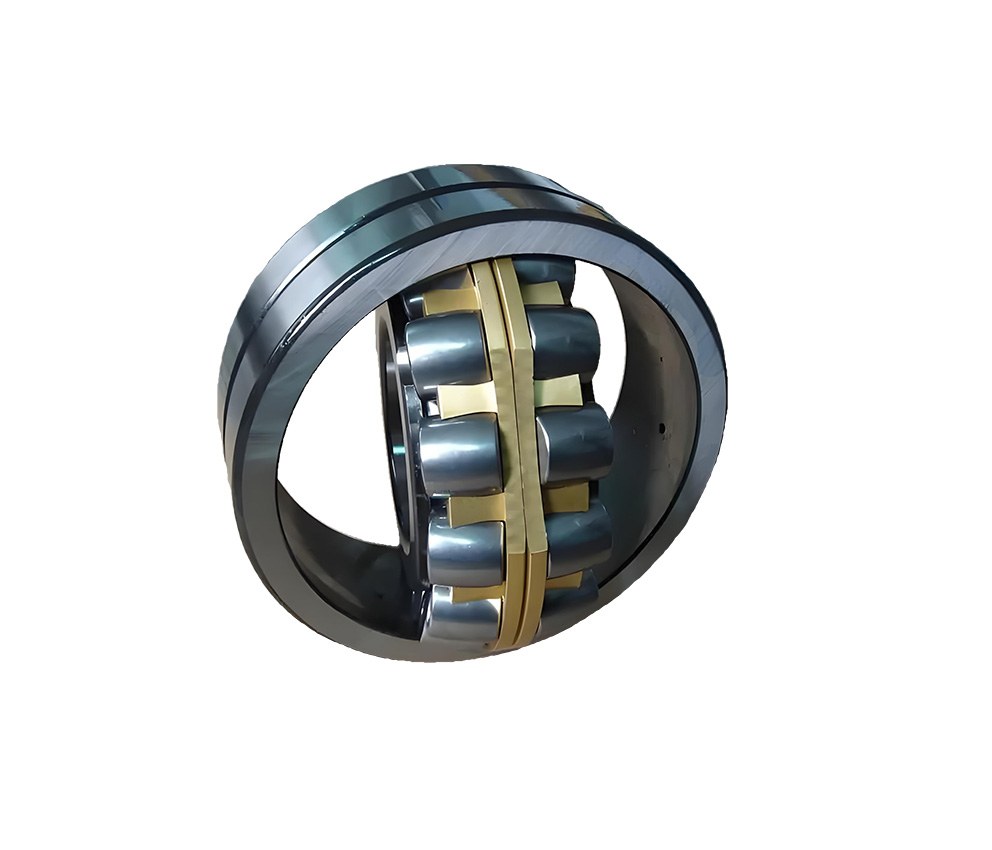
Solution 9: Compatibility with Other Components
Fit with Housing and Shaft: A bearing’s fit with its housing and shaft is critical for its performance. An improper fit can lead to misalignment, increased wear, and even catastrophic failure. Ensuring compatibility with these components is a vital quality check before purchasing.
Compatibility with Lubricants and Seals: The bearing must also be compatible with the lubricants and seals used in the application. Incompatible materials can lead to chemical reactions that degrade the bearing’s performance, resulting in higher maintenance costs and shorter operational life.
Integration with the Overall System Design: The bearing must integrate seamlessly with the overall system design. This includes compatibility with the mechanical, thermal, and environmental conditions it will encounter. A well-integrated bearing contributes to the overall efficiency and reliability of the system.

